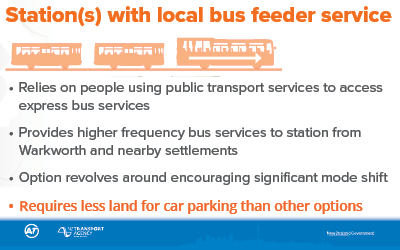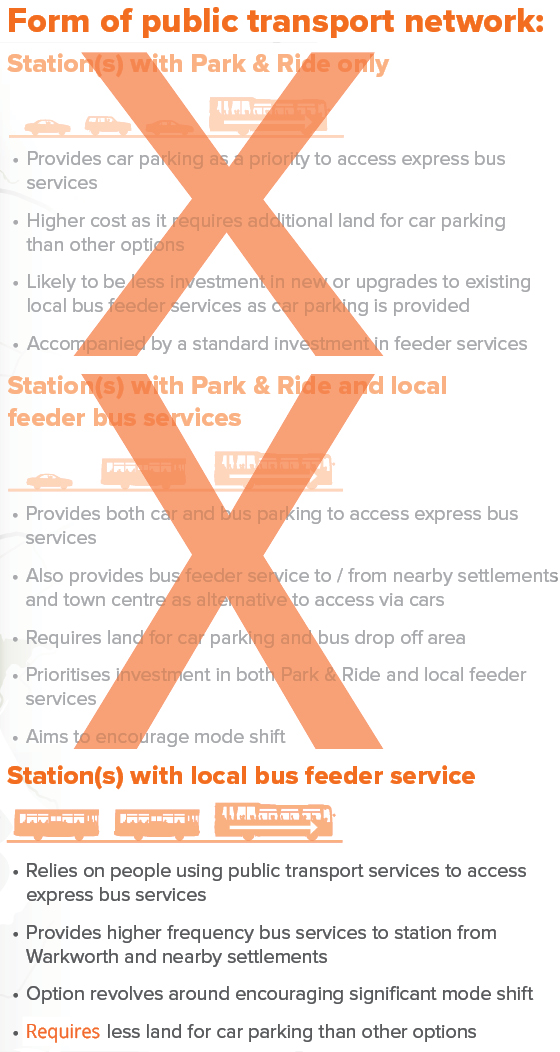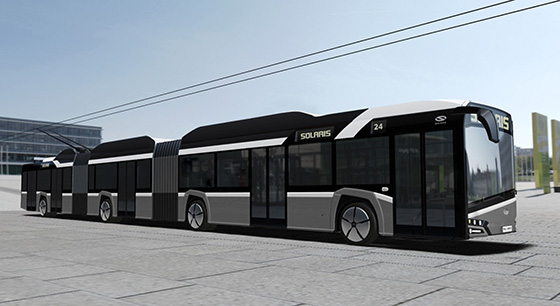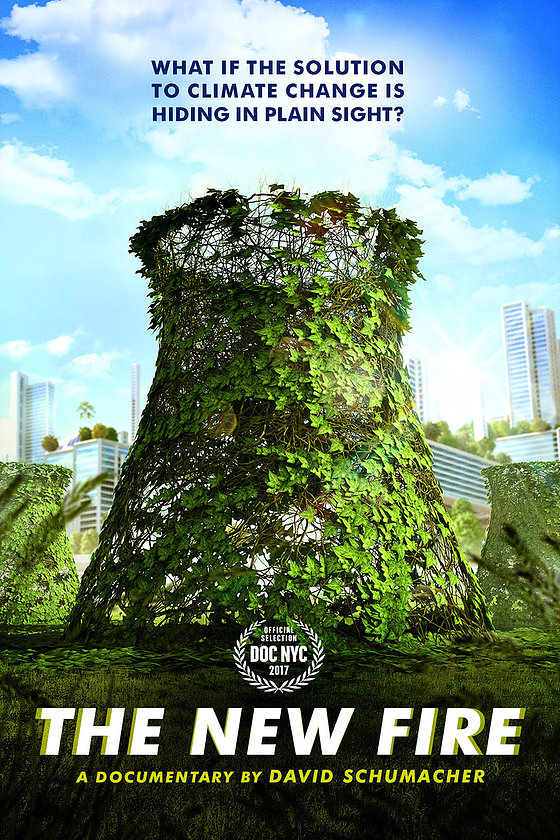This might have been one more for the roads


Two Too Same-Old-Same-Old: Only the third public-transport option listed will result in a town not choked with cars with nowhere to park. Without joined-up public transport, siting a satellite growth centre at the end of a motorway was always going to be a recipe for same-old-same-old car-centric suburbia, with all the well-documented dismal health and social consequences that go with that. chart Supporting Growth Programme | Mahurangi Magazine
September’s town-hall talk is now cancelled, along possibly with the balance of this year’s.
The September slot was pencilled in for the topic of paedophilia awareness—apparently paedophile networks operate locally—but no subsequent response was able to be elicited from the agency that made the approach.
Of growing concern was the fact that although some of the talks have been well attended—notably Dr Anne Eddy’s on the shared Māori–Pākehā history of the Mahurangi—for others, including this month’s, the attendance has verged on the embarrassing, that talk’s stela redemption notwithstanding.
With the floating of the World-Famous Weekends in Warkworth concept, the suggestion is to declare a town-hall talks hiatus, until time such time as the venue boasts installed audiovisual equipment—the cost of hiring a sufficiently large screen for the town hall, even at a discounted rate has been eye-watering, and then it needed fetching from, and returning to, Penrose.
Meantime, the publication of Supporting Growth Programme reports reminded the town-hall talk organisers just how much there is to play for, in the quest to avoid same-old-same-old thinking in the planning of a five-times-larger Mahurangi tidehead town. The reports, the work of an Auckland Council – Auckland Transport collaboration, contain a range of options from the sublime Mahurangi River greenway, to a ridiculously retrograde, hideously expensive ring-road-mentality ‘Mahurangi Bridge’, to obliterate the serenity of the same river.
However, the deadline for public response to the options is before the next town-hall talk was due, on the second Wednesday of September. Bringing the town-hall talk ahead week was considered, but more publicity than usual would have been needed to ensure a worthwhile turnout for a ‘One for the Roads’ talk, and the Mahurangi Matters, an essential part of that, would only just be beginning to be delivered.
The fall-back action is for Mahurangi Action to provide an online pro forma to enable those who need little further convincing that the new Warkworth must be zero-carbon.
The signal policy difference needed to ensure the five-times-larger satellite growth centre Mahurangi tidehead town is zero-carbon, is that of public transport. If Warkworth is designed primarily for the convenience of drivers, the odds will be stacked heavily in favour of it, increasingly, functioning as a soulless dormitory town, in competition only from its inevitable role as a place of retirement. The first rule of urban design, in respect to transport, is to reduce the need for it, such as through having places of employment and accommodation within walking and cycling distance, and of course moving the work to worker not the worker to the work, with fibre-optic cable. Next is the need for highly accessible public transport, without which the very young and very old fare very poorly indeed.

Evolved Rather than Reinvented: While it is just bad physics for a vehicle to have to cart all its power supply with it, particularly in the form of batteries, and to waste crucial operational time having them recharged, the intelligent use of battery power is to provide flexibility that the old-style trolleybuses lacked, which famously left them stranded after their poles jumped the catenary, requiring the humiliated driver to risk life and limb manually reattaching. Meantime, wholly battery-powered buses have proved to have been an expensive vanity—the distain the aesthetics of overhead wires was only forgivable when most lived in blissful ignorance of the existential impact of greenhouse gas emissions. The Northern Busway is ripe for electrification and the deployment of the likes of the >200-passenger, 24-metre Solaris Trollino slated for trialling later this year. rendering Solaris Bus & Coach
The politically craven, default option is park-and-ride. With transportation being one of world’s most egregious generators of carbon dioxide, and 17% of New Zealand’s, it will be the hardest of the big nuts it needs to crack. Despite the uncritical cheerleading of the mainstream media, electrification, not toxic battery-powered vehicles, is the climate-action step-change unequivocally demanded. But the corporate media cares not a jot about meaningful climate action. Its only responsibility, like the rest of the rotten neoliberal edifice, is to make a short-term buck. So, it tells folk what they want to hear, and what they want to hear is that they will not be asked to relinquish the splendid independence of travelling by car, alone, or with family. Never mind that climate scientists are rapidly becoming less reticent about the increasing likelihood of Hothouse Earth being precipitated. Tantalisingly, a highly credible neutral news network could be established almost overnight, if sufficient people sensed the power that the internet has unprecedently placed at their fingertips.
Ironically, one of New Zealand’s least climate-motivated politicians has done most to convert a generation of inveterate car users to public transport: Leader of New Zealand First, with his shameless vote-snatching ‘Gold Card’. Motivated by thrift—and in the case of excursions to Waiheke Island, by not wanting to miss out on a marvellous freebie—a generation born welded to the steering wheel has discovered that there are far worse indignities than riding on a bus, with other members of the public. Just one indignity that is arguably greater is to be processed before and after travelling by air, and to be shoe-horned in and held in suspended animation during. But the status conferred by air travel, it seems, more than compensates.

Zero-carbon Solutions Hiding in Plain Sight: Just as Wellington is trashing its zero-carbon bus infrastructure, rather than modernise with battery-assisted trolleybuses, green ideologues stand righteously on the throat of the one technology essential to saving a survival climate. In Wellington’s case, it is a classic case of infrastructure—the electrical grid—neglect thanks to the patent, abject paucity of unchallenged neoclassical economics. Meanwhile, the notion that renewables can provide future electricity needs relies on a mixture of blind optimism and a reduction in demand, whereas the existential necessity is to electrify everything that can be electrified, beginning with road and rail, but including ports and airports. But the subject even more taboo than fast-breeder reactors is overpopulation, and the unavoidability of a human breeding moratorium, which would only take a few years to radically reduce the demand for fossil fuel, steel and cement. image Generation Films
The comprehensive climate action transport solution hiding in plain sight, and which only has needed the smallest of technological tweaks, is the trolleybus. That Wellington has just relinquished its trolleybus fleet, with barely a whimper of protest, is testimony to the failure of neoliberalism, and should be all the proof needed to demonstrate that without its overthrow, capitalism in its current profit-before-all-else form will see off a survival climate.
The Supporting Growth Programme offers two alternatives to same-old park-and-ride:
- Token local feeder-bus services, plus park-and-ride
- Comprehensive local feeder-bus services, sans park-and-ride.
The cynical could be excused for assuming that the Supporting Growth team has offered the ride-and-ride option as an extreme to shepherd feedback back towards the more conservative, middle option of park-and-ride plus local feeder-bus services. But Mahurangi should take the zero-carbon option at face value. This is no time for kowtowing to pre-climate-emergency, car-centric solutions. If a park-and-ride of any size is provided, folk won’t bother with the feeder buses unless they stop outside their door, but will flood the park-and-ride or park as near to it as they can and then complain piteously that the powers-that-be didn’t listen, didn’t learn from Albany, or from Silverdale, or elsewhere, and failed to build a sufficiently large car park.
Besides, the zero-carbon, zero-park-and-ride option is the one that will allow Mahurangi’s new tidehead town to be a beautiful place in which to live and breathe, and to visit. That latter is essential if significant employment opportunities are to develop in the new town. It would be perverse if Warkworthians engaged in the visitor industry were forced to commute, when they could be working in Warkworth, within walking distance of home. Ride-and-ride is key to unlocking to potential for Warkworth to be the most civilised town in Aotearoa, by a country mile.
Submissions close two weeks today, but, well before then, Mahurangi Action will have its pro forma available online. Meantime, the Mahurangi Magazine invites readers to imagine their tidehead town, beautiful, walkable and climate-worthy.

I completely agree that electrifying the Northern Busway is a good idea. If fact we should forget commuter rail altogether and just have electrified busways with small and large buses offering great flexibility and frequent services at all times.
I am less sure of the success of ride-and-ride options. To make it practical and attractive there would need to be buses circulating all the time, which would be a very inefficient use of resources and make a huge contribution to greenhouse gases. If the feeders aren’t frequent and there is no parking, then commuters will have to drive all the way.
I think in terms of greenhouse gas park and ride is the most efficient. We would need to think of some solution to the car-park blot however.
Hopefully, on demand autonomous shuttles will one day provide the link but at present I don’t see a viable alternative to park-and-ride.
There is no need for the feeder buses to circulate continuously. All they need to do is to synchronise with the busway schedule. This is the case currently, for example, between Ōrewa and Silverdale, connecting to the half-hourly nx busway service to the city centre.
Park-and-ride is public transport playing catch-up. Ride-and-ride is what can be achieved when, as in the case of the planned Warkworth satellite growth centre, the luxury of planning ahead is available.
Regarding commuter rail, if you mean the demented light rail down Dominion Road, I utterly agree. But heavy rail does do 20-million-trips-per-year of heavy lifting, and could do a great deal more, if the bleedin’ obvious Puhinui to the airport link was implemented.
Trolleybuses, battery-assisted only to the degree necessary, for everywhere else.